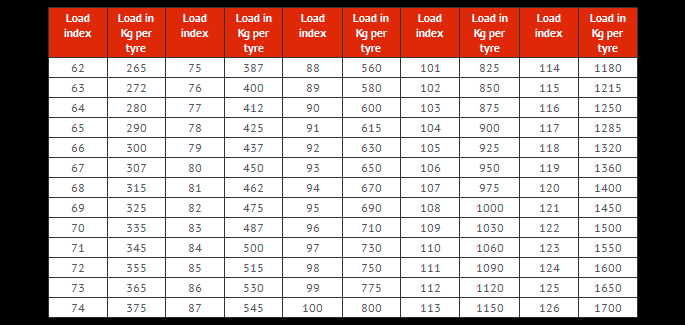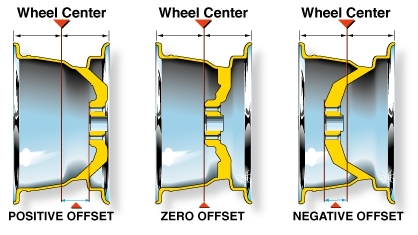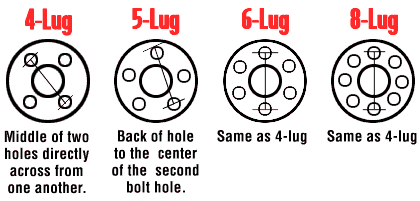Tyre Specifications
Wheel Fitments
Passenger Tyre sizing is typically displayed as:
P 215 / 65 R 15 89H
P | The "P" stands for "P-Metric" or "Passenger". Tyres with higher ply ratings will generally start with "LT" which stands for "Light Truck". This indicates the tyre is an LT metric and will always have a Load Range indicated. It is important to note this for vehicles that call for LT metric tyres. Never substitute a P metric tyre for an LT metric tyre, even if all the other dimensions are the same. |
|---|---|
215 | The "215" is the width of a tyre, also known as the "section width". This is the width of the tyre in millimeters at its widest point from sidewall to sidewall when mounted on the recommended rim width. The actual tyre width can vary depending on the rim width it is mounted on. |
65 | The "65" is known as the Aspect Ratio. It is calculated by dividing the section height by the section width and multiplying by 100. (In this example, the sidewall will be 65% of 215). |
R | The "R" stands for Radial, meaning it has a radial construction. Radial tyres have ply cords that extend to the beads and are laid at 90 degrees to the centerline of the tread, the carcass being stabilized by a circumferential belt. Other possibilities include "B" for belted construction and "D" for diagonal construction. This means the ply cords extend to the beads and are laid at alternate angles less than 90 degrees to the centerline of the tread. |
15 | The "15" stands for the diameter of the wheel in inches. This is the exact size that this tyre will fit. There are some older rims called "TRX" which are metric measurements like 390. You CAN NOT mix TRX rims with regular tyres or vise-versa. |
89 | The "89" is the load index. |
H | The "H" is the speed symbol. |
The speed rating of any tyre is a measurement of the top safe speed the tyre can carry a load under specified conditions. See the chart below for conversion:

The load rating for any tyre (load index) indicates the maximum weight that each tyre is able to support. Below is a quick rating of common Load Indexes:

The offset of a wheel is the distance from the mounting surface of the wheel to the true centerline of the rim. A positive offset means the mounting surface of the wheel is positioned in front of the true centerline of the rim / tyre assembly. This in effect brings the tyre in to the guard well more. Conversely, a negative offset means the mounting surface of the wheel is behind the true centerline of the rim / tyre assembly. This will cause the tyre to stick out away from the vehicle.

Each wheel has a different bolt pattern, and some wheels even have 2 different bolt patterns which allow it to be mounted on a wider range of vehicles.
Most Bolt Patterns are represented in the following manner:
The "4" indicates the number of holes in the wheel for the bolts to enter and mount the wheel onto the car.
The "100" indicates the diameter of the bolt circle measured in millimeters or inches. 4 & 6 bolt wheels are measured from the center of one bolt hole to the center of the bolt hole directly across from it. On a 5 bolt pattern, it is a bit trickier to measure without special tools. Imagine a circle running through the centers of each bolt hole. You would measure from the center of one bolt hole to the imaginary circle that lays between the opposite two bolt holes.

This relates to the center hole in the wheel that centers the wheel on the hub of the car. Since most wheels are mass produced, they have a large center bore to accommodate several different vehicles. If this is the case, it is recommended that you use a hub ring. Hub rings are hard plastic or metal ring that fits between the wheel and the vehicle. This centers the wheel perfectly on the hub ensuring that there is no run out when the wheel is installed on to the vehicle. Without hub rings it is possible to get vibrations even if the wheel / tyre assembly is perfectly balanced.